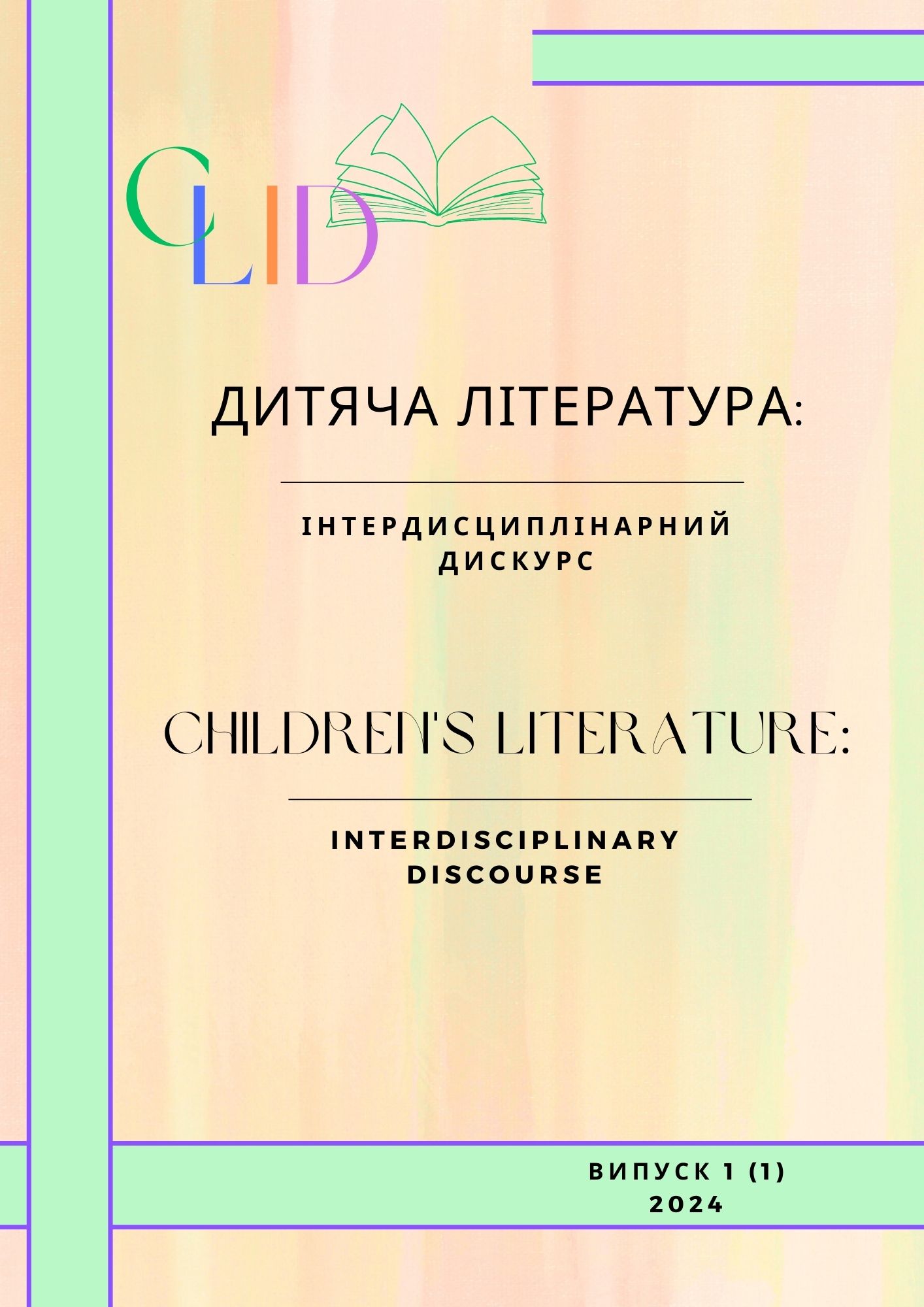Як підготувати редактора дитячих видань? Досвід проєктного навчання
DOI:
https://doi.org/10.15330/clid.1.1.90-97Ключові слова:
дитяча книжка, проєктне навчання, редактор, штучний інтелектАнотація
У статті за допомогою аналітико-синтетичного, порівняльного, описового методів та системного підходу систематизовано досвід проєктного методу навчання у створенні дитячих книжкових проєктів студентами кафедри видавничої справи та редагування Навчально-наукового інституту журналістики.
За допомогою методу кейс-стаді узагальнено практики формування соціально значущих тематичних профілів для навчальних проєктів: робота з історичною, соціальною пам’яттю (люди, події, місто, місця); екологія, природа; родинні цінності. Російсько-українська війна загострила сприйняття і відчуття нових воєнних реалій. Тематичні профілі доповнено проблемами безпеки, страху, дому як місця закорінення, спілкування тощо. Студенти працювали над заліковими проєктами: “Медуся шукає дім” – про херсонських бджіл; “Літакові вірші” – переклад віршів з російської українською – родинна історія; “Абетка міст України”.
Визначено, що у роботі над проєктом студенти набувають фахових компетентностей – від уміння продукувати ідеї, їх досліджувати, організовувати процес творення і до реалізації та презентації готового продукту. У нашому випадку – книжки.
Акцентовано на тому, що дитячі книжки, створені студентами як навчальні проєкти, часто стають реальними видавничими проєктами. Наприклад, робота студентів “Ліна та Лео літають” вийшла друком у видавництві “Little beetle press” в Ірландії в серії “Українські читайлики”, а бакалаврський проєкт Олени Герасимової “Єллісів та еллісівці. Українці в Норвегії” зацікавив керівництво київського видавництва “Жнець”. Серед пріоритетів виокремлено застосування інноваційних технологій у творенні дитячих книжок та описано експерименти зі штучним інтелектом, які продемонстрували студентам і великі можливості, і водночас виклики використання штучного інтелекту у творенні дитячих книжок.
Зроблено висновок, що навчання редакторів, видавців, авторів, ілюстраторів дитячих книжок – справа державної ваги, це робота над майбутнім.
Посилання
Gordon, Draiden, Dzhannet, Vos. (2011). Revoliutsiia v navchanni [Revolution in education] (M. Tovkalo, Trans.). Litopys [in Ukrainian].
Heagney, Joseph. (2020). Osnovy upravlinnia proektamy [Basics of project management] (Ya. Mashyko, Trans.). (5th ed.). Fabula [in Ukrainian].
Martin, Robert. (2021). Chystyi Agile: nazad do osnov [Pure Agile: back to basics] (V. Lunenko, Trans). Ranok: Fabula [in Ukrainian].
Ohar, E. (2012). Dytiacha knyha v ukrainskomu sotsiumi (dosvid perekhidnoi doby) [Children's book in Ukrainian society (experience of the transitional period)]. Svit [in Ukrainian].
Stakhiv, M. (2023). Viina. Dity. Literatura: dytiachi knyzhky ta viina v Ukraini [War. Children. Literature: children's books and the war in Ukraine]. Goethe-Institut. https://www.goethe.de/prj/lek/uk/--/wrrchldrn.html [in Ukrainian].
Gold Standard PBL: Project Based Teaching Practices. (2024). PBLWorks. https://www.pblworks.org/what-is-pbl/gold-standard-teaching-practices
Solis, Janika. (2022, April). How to use Project-Based Learning approach to build learning environments. Teachfloor. https://www.teachfloor.com/blog/how-to-use-project-based-learning-approach-to-build-learning-environments




